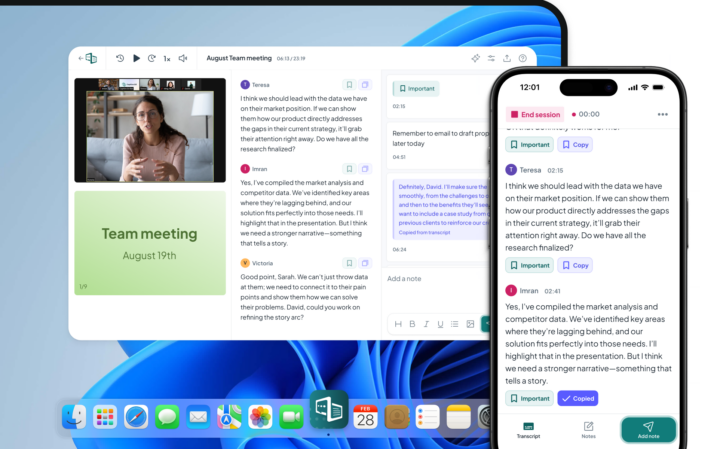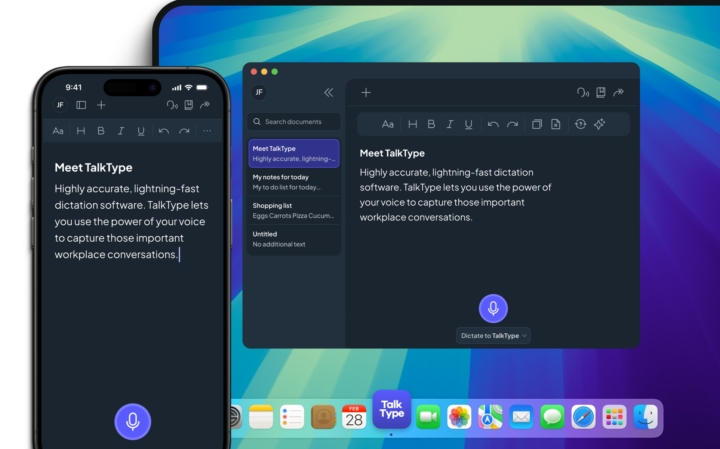Workplace Adjustment Passport Template
So what does a Workplace Adjustment Passport look like and how should you use one?
Key information to feature in a document includes background information on an employee, the challenges they face, and the types of changes to make. All documents should be clear and logical so they’re easy to present to others. And it’s vital to include the following information:
- Name of Workplace Adjustment Passport holder, line manager, team, or department
- Full details of the disability, neurodivergence, or condition
- Reasons for the changes highlighting potential barriers, e.g. language, injury, accessibility needs
- Details of the adjustments to address these barriers
- Key strengths and abilities of the individual – what they can bring to a workplace
- A summary of the changes and the dates they occurred
- Line manager approval
The Civil Service offers a solid Workplace Adjustment Passport template which serves as an example of the types of information you’ll want to include. It’s important for each document to include dates of changes and agreed approval from line managers or leaders.
Holders of passports are then encouraged to share them with line managers and leaders in all contexts. This could include HR and people leaders, health and safety officers, events staff, team members, and assessors. They should also conduct a review every six months to consider potential updates or changes in an employee’s condition.





